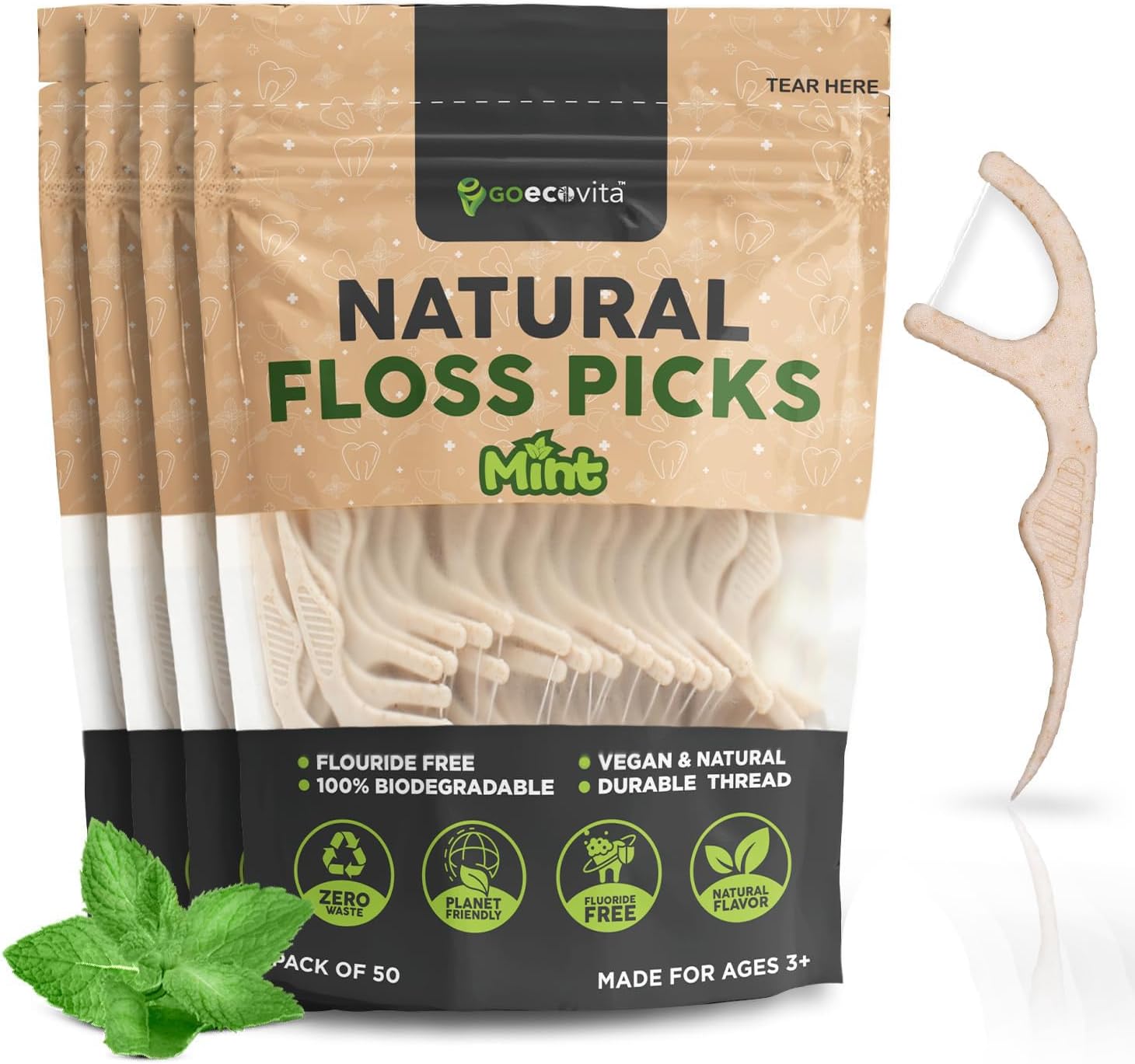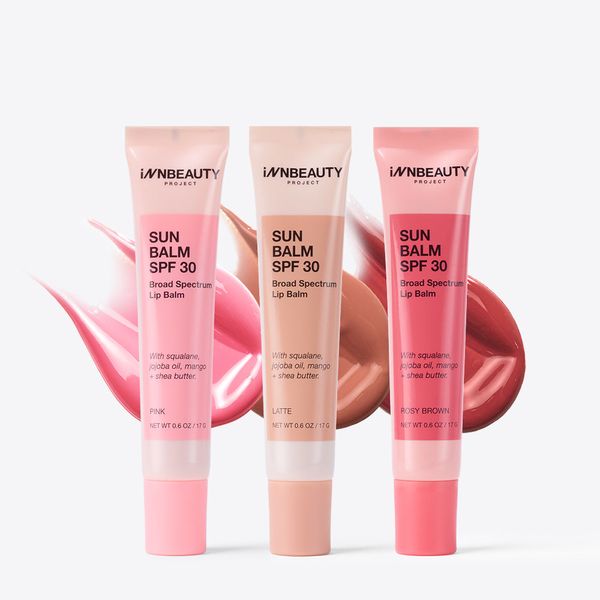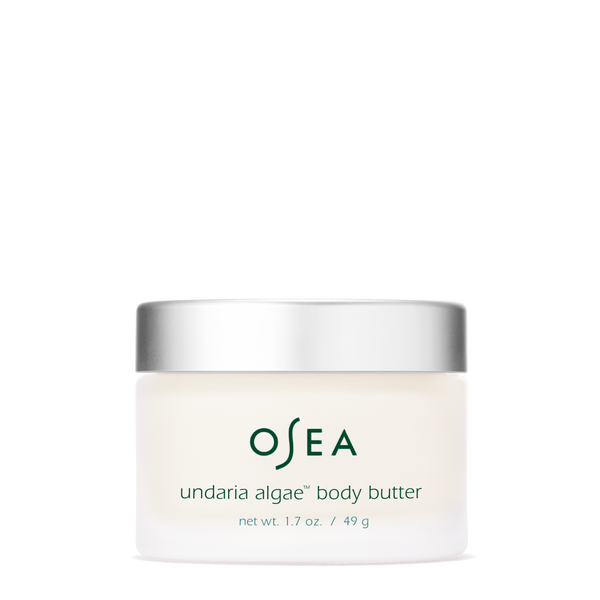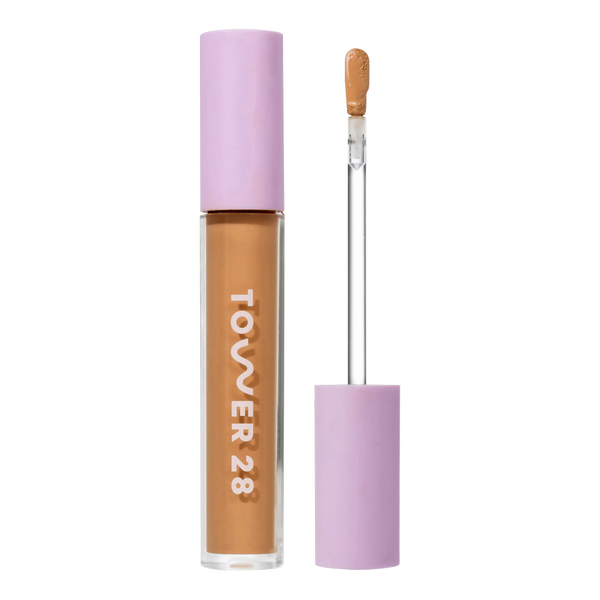Beyond “Non-Toxic”: Why “Low-Toxic” Is the Smarter, More Honest Conversation
You want products that are safe for your family and home. Marketers are aware of this. The promise of “non-toxic” items sounds perfect, right? It makes us feel totally safe, like there is no harm hiding in what we buy. This often gives us a false sense of peace.

But what does “non-toxic” really mean? In theory, it means no harmful chemicals at all. Yet, in our world, this is often a goal that is simply not possible. Products exist on a wide scale of how harmful they might be. Some things are clearly bad, while others have very little risk. That is why “low-toxic” is a better way to talk about product safety. It is more real, more transparent. This article will show you why changing how we think about product safety is key. It helps you pick safer products and holds companies to a higher bar.
THE PROBLEM WITH “NON-TOXIC”: a MARKETING MINEFIELD
Unrealistic Purity Standards
Getting products that are 100% “non-toxic” is often a dream, not a fact. There are many reasons why this is true for most things we buy.
The “Natural” Fallacy
We often think “natural” means “safe” but this is not always correct. Some of the ingredients from nature can be strong or cause problems for some people. Take essential oils for example, they are natural but can irritate your skin or body if you use too much.
Trace Contaminants and Manufacturing Realities
It is tough for companies to make things perfectly pure. Tiny bits of unwanted chemicals can sneak into products. This can happen when ingredients are sourced during the making process or even from other products nearby. Also, some rules about chemicals are not very strict, letting certain things slip through without much testing.
The lack of universal definition and regulation
Currently, there is no single and clear rule for what “non-toxic” means. Because of this, companies can use the term in many different ways. Some companies may use “non-toxic” to mean product is safe if used as directed while others may mean it is free from certain harmful chemicals. This lack of standardisation allows brands to market products as safer or healthier than they might truly be. Consumers are often left assuming “non-toxic” means completely harmless, which is not always the case. As a result, the term can be misleading and make it difficult for people to make fully informed choices.
Self-certified Claims
Many brands just say their products are “non-toxic”. They do not need anyone else to check if its true. This is a common way for brands to greenwash. Greenwashing id when a company makes it products sound more eco-friendly or safe than they actually are. It can trick you into thinking a product is better than it is.
Regulatory Gaps
Rules from groups like the FDA in the US often focus on banning a few very bad chemicals. They don’t set a broad “non-toxic” rule for every ingredient out there. For instance, the FDA does not test cosmetic ingredients for safety before they go on sale. They mostly rely on companies to check themselves.
EMBRACING “LOW-TOXIC”: A MORE HONEST AND ACTIONABLE APPROACH
The idea of “low-toxic” is much more useful because it acknowledges that almost every product has some level of risk. Instead of pretending that a product is completely safe, it communicates that the goal is to minimise harmful effects as much as possible. This approach encourages transparency from manufacturers who can share the steps they have taken to reduce toxicity.
It empowers shoppers to make more informed decisions, knowing that some risks may still exist. By focusing on lowering toxicity rather than eliminating it entirely, the term sets more realistic expectations. Overall, “low-toxic” promotes honesty and helps build trust between brands and consumers.
Defining “Low-Toxic” in Practice
It is not just about removing one or two dangerous ingredients, it is about carefully choosing safer materials, improving manufacturing processes and being honest about what’s still in the product. Companies that embrace this idea work to meet higher safety standards, test their products thoroughly and share those results with consumers.
Prioritising Ingredient Safety
A “low-toxic” approach means choosing ingredients that are known to have the least risk. It is about reducing harmful stuff not hoping to get rid of every tiny bit. Your goal is to find products with simple lists of ingredients that are known to be gentle.
Actionable Tip: Look for items with shorter ingredients lists. Also, try to learn which common ingredients are generally safer.
Transparency and Disclosure
Brands that aim for “low-toxic” are usually more open about what is in their products. They will tell you why they picked certain ingredients. This helps you trust them more.
Actionable Tip: Always check the ingredient list. Look for brands that share extra information or have honest safety ratings.
THE BENEFIT OF A “LOW-TOXIC” MINDSET
Thinking “low-toxic” helps you and it pushes the whole market to do better. Everyone gains from this clearer way of thinking. “Low-toxic” thinking helps you learn about ingredients. You can then make smart choices instead of just trusting an empty “non-toxic” label.
Studies show that more and more people want to know what is in their products. Experts often say that knowing your ingredients is a powerful tool for better health.
This shift also makes companies worker harder. They’ll spend more on finding and using safer ingredients. Many companies have changed their products to remove chemicals like paragons, phthalates or fake scents. They do this because people like you and I ask for better, safer options.
NAVIGATING THE “LOW-TOXIC” LANDSCAPE: TOOLS AND STRATEGIES
You can feel more in control when you shop. Learn a few simple things helps you pick “low-toxic”options.
Understanding Ingredient Labels and Certifications
Knowing what’s on the label is your first step. It helps you see beyond marketing words.
Products label have ingredient lists, often called Decoding Ingredient Lists(INCI) names. These can look like a foreign language but you can learn to spot common chemicals that might be a problem. Words like fragrance or perfume can hide many chemicals. Watch out for paragons or sulphates too.
Actionable Tip: Take time to learn about a few key ingredients you want to avoid. Look them up if you are unsure
Reputable groups check products for safety. Certifications like EWG Verified, MADE SAFE or Cradle to Cradle can guide you. Remember even these marks mean a product is “low-toxic” not perfectly “non-toxic”. They show a strong commitment to less hazardous ingredients.
ASKING THE RIGHT QUESTIONS AND SEEKING TRANSPARENCY
Do not be afraid to ask brands for more information. Your questions help them be more honest. If a product says “non-toxic” do not just take their word for it. Ask for proof. You can ask if a third party has checked their product or ask for a clear report on the safety of their ingredients.
Actionable Tip: Reach out to consumer service. Ask for details on how they ensure product safety.
Look past the trendy words. Search for brands that clearly explain how they pick safe ingredients They should back up their claims with facts. For instance, some brands openly state they avoid entire groups of chemicals and then they show you why they do it.
THE FUTURE OF SAFER PRODUCTS: A “LOW-TOXIC” IMPERATIVE
The way we think about product safety is changing. “Low-toxic” is set to become the standard. As shoppers get smarter, “low-toxic” will likely be the new normal. People will expect products to be made with fewer risky chemicals. This increased knowledge will push market forward.
For companies, embracing “low-toxic” is key to keeping your trust. It is also part of being a good, ethical business. Leaders in the industry can agree. They say clear rules and careful handling of chemicals are vital for trustworthy future.
The “low-toxic” idea could help shape new rules for consumer products. Future laws might focus on lowering chemical risks rather than chasing an impossible “non-toxic” goal. This could lead to more effective safety standards.
Conclusion: making smarter choices for healthier future
This term “non-toxic” often sounds nice but it’s usually a marketing trend. It’s hard to make a product with absolutely no harmful chemicals. That’s why “low-toxic” is a much better way to think about things. “Low-toxic” is real. It helps you choose products that are truly safer. This way of thinking makes it easier to understand labels and trust what you buy.
You now have tools to look closely at labels and understand what different safety marks mean. You can also ask brands tough questions. By choosing “low-toxic” products, you’re not just making smart choices for yourself. You are also pushing the market to create genuinely safer items for everyone.





